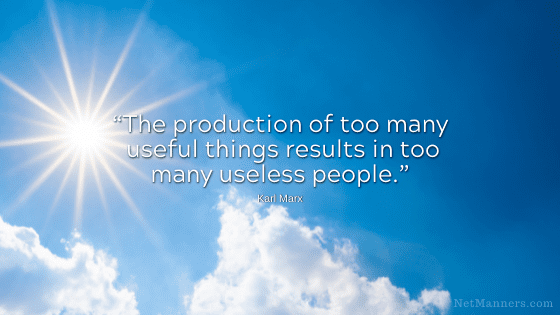Think Twice Before Attaching That Large File

The topic of sending attachments by email isn’t given much thought anymore. It is easy to attach a file to an email. Almost too easy. Software programs allow you to attach almost anything, regardless of the size and format, without giving the sender any sort of guidance.
Most that forward attachments or send photos along are doing so with good intentions. They do not want to cause any problems for the other side. But problems can occur.
Email Attachment Considerations
You want to take a moment and think about several things before attaching files to an email and clicking Send. To simply attach files without taking the time to consider the person on the other side is a bit self-serving. Plus, it will reflect your lack of tech-savvy.
Here are some things to review before you arbitrarily attach any file to an email and send it on its way:
What is the file size?
If you don’t know, find out. If you don’t know how to find out, learn. For example, in Windows, you can view the file’s size in Windows Explorer. This will allow you to see a Size column reflecting each file’s size.
Files that are megs (that’s millions of bytes) or gigs (1,073,741,824 bytes in a gig) in size can have a hard time going through the pipeline. You may see a warning in your email program if the file is too large. Or it may just be rejected by the other side. You may get a bounce-back email if that happens.
What is the format?
Only attach files in a format you know the other side has the software to view. You know this because you asked first.
For example, not everyone has MS Publisher, Excel, or PowerPoint (huge files). If the other side does not have PowerPoint, you’ve just used their possibly limited resources to send a file they cannot open.
File Size of Graphics
Regarding graphics and photos (right off your digital camera), just assume the files are gargantuan because they are. Large than necessary for the average person to just view.
Whether the files are for business or personal matters, you need to compress either the file’s size with one of the many compression utilities available or reduce the physical dimensions of the graphic or photo.
Learn how to resize photos to no larger than 1000 pixels in width. 1000 pixels is large enough for most uses – especially if you are just sharing photos with friends or family. Better yet, start a Blog and post your photo slideshows there and just send a link!
SIDEBAR: If you find that you consistently have overly large files that you need to send to others, you may want to check out a service like DropBox.com. DropBox provides an account on their servers for you to upload large attachments. You can then invite recipients by email to come and download them.
Don’t Assume Data Allowances & Resources
Just because you can physically instruct a computer to attach a file regardless of size doesn’t mean you should. You could also instruct your computer to reformat/erase your hard drive, but you don’t do that, do you?
Lots of folks have their emails sent to their cell phones. Some may have limited data allowances. Imagine receiving 1G files in formats you can’t even open or do not have the software for.
To send an attachment without notice that someone didn’t ask for it or in a format they don’t have the software to open reflects a lack of courtesy on your part. Consider the above issues no matter how important you think that attachment is.
Before attaching that file, know its size and format and notify the person on the other side that it is coming. Better yet, confirm if they have the software and ask when it is convenient to send your attachments.
Just a little common courtesy can go a long way to you being perceived as a person who is a pleasure to communicate with. And someone who also understands the technology in which they are participating.







